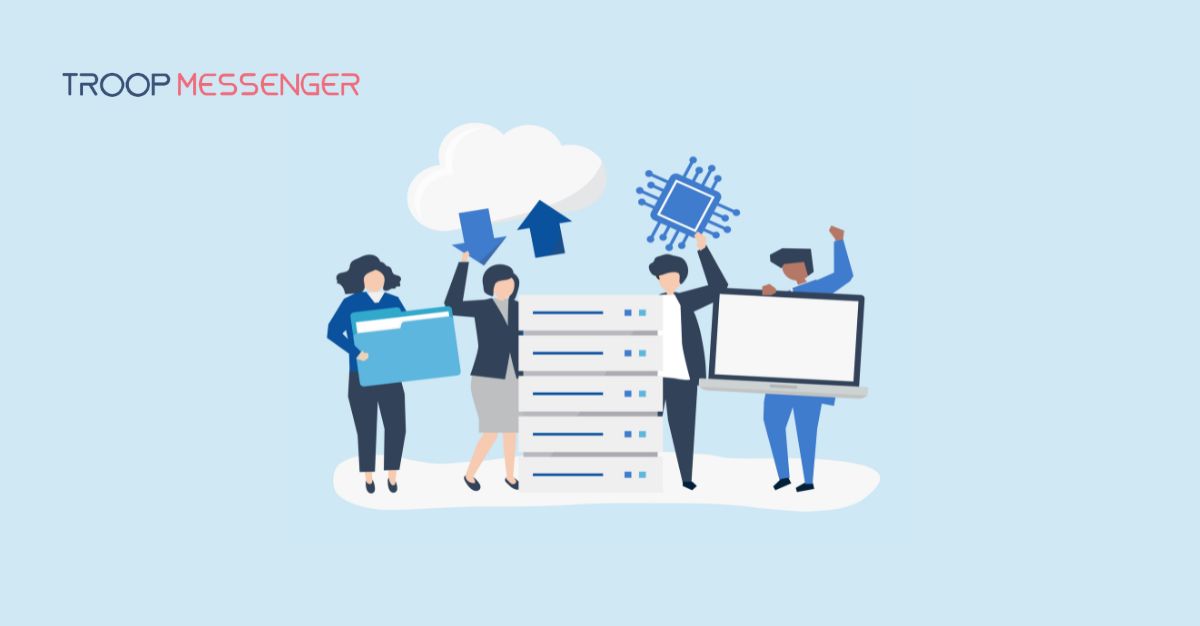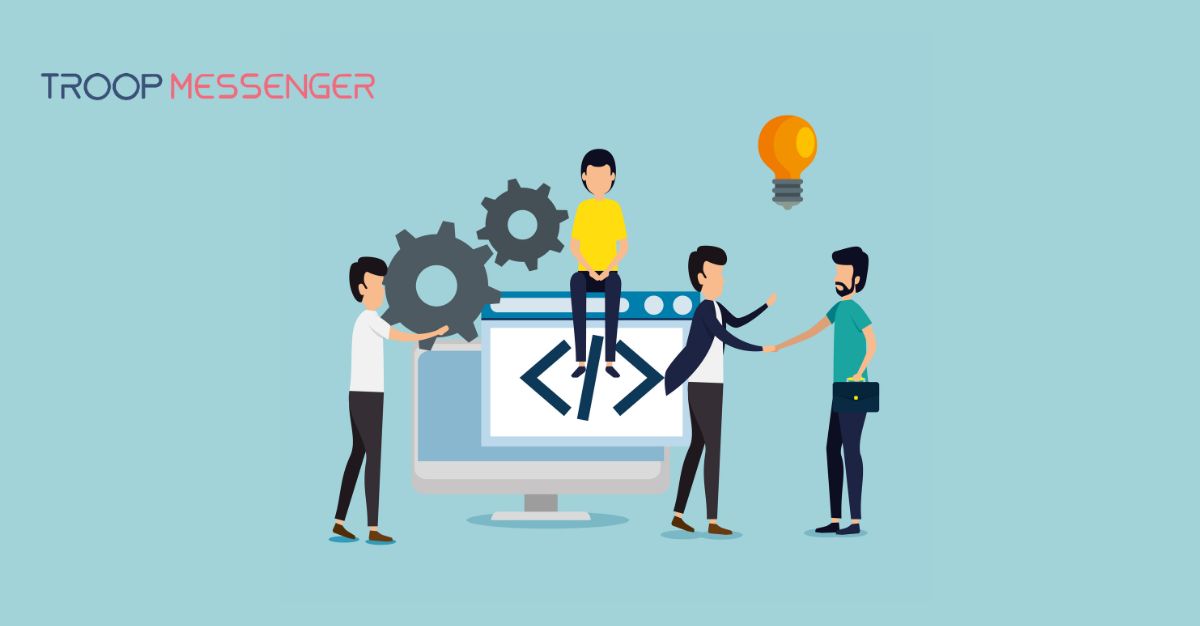Connect with us

Splashtop vs TeamViewer vs LogMeIn: Compare The Best Remote Management Tools
Remote desktop software enables teams to stay connected and productive while working remotely more effectively through screen-sharing technology. From the pandemic's start through early April, the small desktop software category on TrustRadius showed a 281% spike in traffic.
Remote desktop capabilities and free programs like TeamViewer are becoming increasingly important, according to software purchasing data from April 2020. Similar growth has been seen in other connective technologies such as online conferencing software and learning management systems (LMS). Over half of the firms anticipate increasing their spending on remote desktop software, according to a survey of over 2,000 members of the TrustRadius community.
The average weekly traffic for the remote desktop category was 2,749 pageviews between April 2019 and February 2020. During March and April 2020, this grew by about 16 times. With 46,363 page views each week, this amounted to a 1,587 percent increase in average traffic per week.
Table of Contents
What Is Remote Desktop Software?
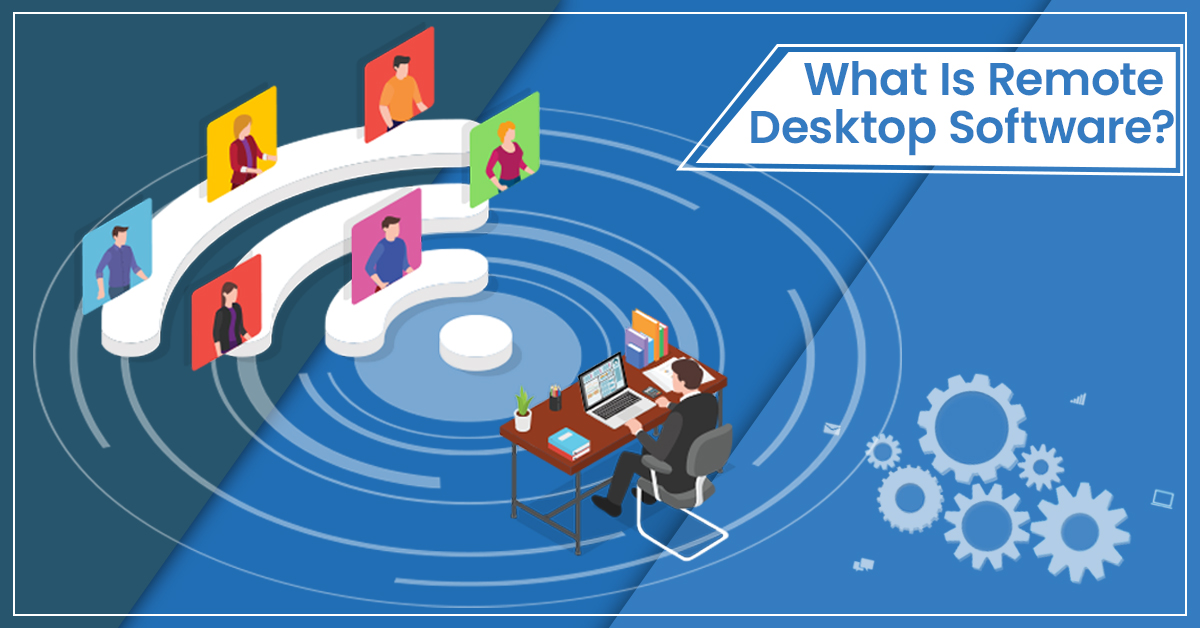
A user can connect to and interact with a computer in another place via an internal network or the Internet using remote desktop software. The remote desktop software allows users to see and manage a connected computer or laptop as if they were in front of it. Collaboration, technical assistance, and demonstrations all benefit from remote desktop software.
How Does Remote Desktop Work?
- Remote desktop software works by connecting a local and remote computer over the internet or a network.
- The installation process varies depending on the software you're using, but here's how it usually goes.
- The app must be installed on the distant computer to which you want to connect.
- You'll be given an access ID or key that you can share with others to allow them to use your computer.
- You can also add another computer to your account by logging in on the remote or host computer.
- The remote computer will authenticate the local user when the local computer user seeks access to the host.
- Once validated, the local user has full access to the remote computer's desktop and specific folders and apps.
Uses of Remote Desktop Software
There are a variety of uses for remote desktop access, depending on the software. This software can be used in a variety of ways, as seen below.
Managed Service Providers
The remote management protocol (RMP) enables managed service providers (MSPs) to provide immediate and practical solutions to their client's problems worldwide. It helps them save time and money which would have been spent on logistics.
IT Professionals
IT support organizations and tech personnel can benefit from the remote desktop for a more convenient work environment. Remote desktop enables them to resolve issues without being there physically. This saves money and time while increasing the efficiency and productivity of the work.
Customer Support
Instead of simply talking on the phone with their customers, customer service representatives can use a remote desktop protocol to provide real-time solutions as if they were standing right in front of their computers. This can help clients and customer service providers avoid misunderstandings and disagreements.
Personal Use
Users with multiple devices can use the remote desktop protocol to connect them remotely. They can also manage and support the instruments of their loved ones if they have any troubleshooting issues on their own.
Benefits of Remote Desktop Software
Remote desktop software provides several benefits, which are especially valuable in today's interconnected and mobile world. Here are some of the key advantages of using remote desktop software:
Flexibility
You are no longer confined to your office desk to get a project done. You can use remote management software to complete tasks while working from your home. This helps take care of your work responsibilities and obligations outside of the office.
Speed
If you're an IT support professional who needs to respond to a computer problem for a five miles away client, you might want to consider using a remote desktop. With this screen-sharing software technology, you can quickly resolve their issues from your site rather than driving an hour or more to your client's location.
People who prefer to work from parks or libraries can use the remote desktop protocol to get tasks done. Wherever they are, they can still beat deadlines and meet business requirements as long as they have an internet connection and an efficient remote desktop connection manager.
Savings
The advantage of a remote desktop is that it enables a more robust BYOD (Bring Your Device) environment. Employees can bring their laptops to work instead of investing in office essentials like chairs, tables, and computers, allowing your company to save money and avoid unnecessary spending.
Imagine working in your favorite pajamas while sitting next to your cat or working on a client's problem in the privacy of your room. The remote desktop protocol reduces attrition and increases productivity.
The Best Remote Management Tools
You consider several things when looking for an affordable platform that can rapidly and safely send sensitive data online, from a small business wishing its staff to work remotely without taking their laptops home to an enterprise having to offer technical help to its clients.
We compared Splashtop vs TeamViewer vs LogMeIn remote desktop software for pricing, security, functionality, and reputation, among other factors.
LogMeIn
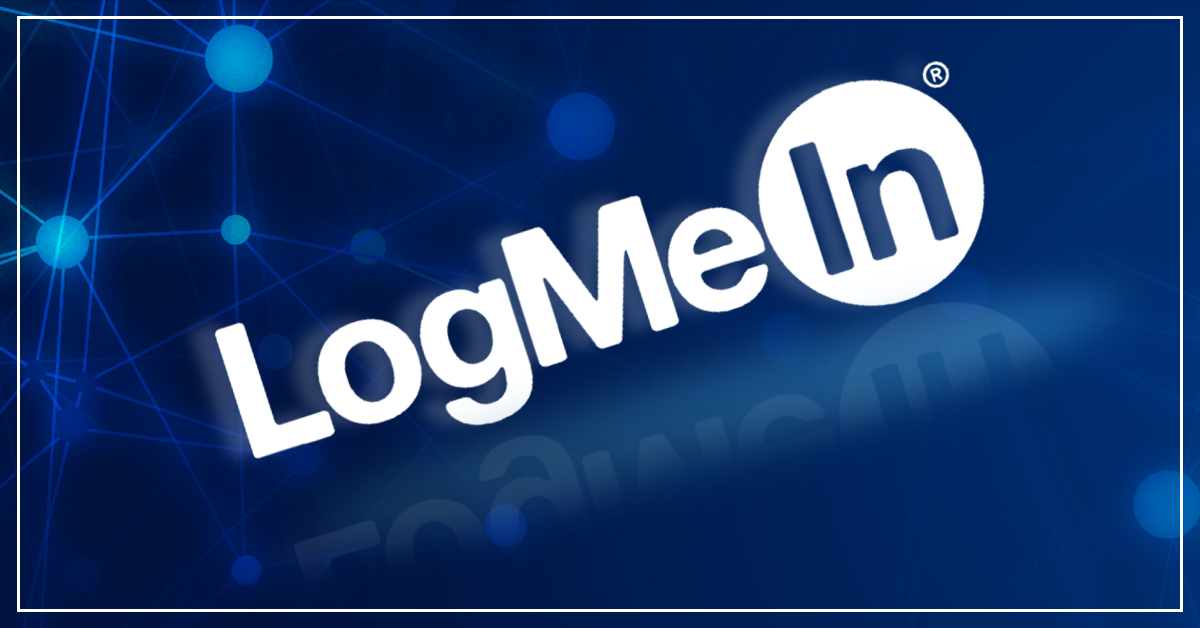
LogMeIn is one popular remote desktop software alternative to TeamViewer. Its capabilities are intended for large businesses, and it is owned by the same company that owns other team collaboration products like GoToMeeting. One of the key players in the LMS development company is LogMeIn, which provides remote access and support solutions for businesses of all sizes. You also get some unique benefits, such as 1 TB of cloud storage and a subscription to LastPass Premium (a password management service) included in every plan. You may use LogMeIn's app or use any web browser to access the majority of its features. Unfortunately, LogMeIn's free version is no longer available.
Login Features
- Remote printing enables you to print documents from your local host computer to a computer that is accessed remotely.
- File manager — files can be transferred back and forth between the host and remote systems.
- The sounds from the host computer can be heard on the remote computer via slight sound.
- Users can share their computer with a guest user via desktop sharing (sometimes easier than screen sharing)
- File sharing - allows you to exchange files that are too large to send by email with other people.
- Local drives can also be mapped to the remote workstation via drive mapping.
- LastPass access - includes a password manager, which is helpful if you need to remember many remote login credentials.
- LogMeIn Files - offers cloud storage space for accessing files from numerous remote PCs.
Pros
- It's simple to set up and utilize.
- Allow limitless users to access the machine and files.
- File transfer using drag-and-drop (only available on Windows)
- Screen sharing and multi-monitor displays.
- Mac, Android, Windows, and iOS are all supported.
- 256-bit AES encryption, double passwords, and end-to-end authentication provide a high level of security.
- Every plan includes 1 TB of cloud storage.
- Phone and ticket help is available 24 hours a day, seven days a week.
Cons
- On the expensive side
- Various features are missing from the Mac version that is not available in the free version.
TeamViewer
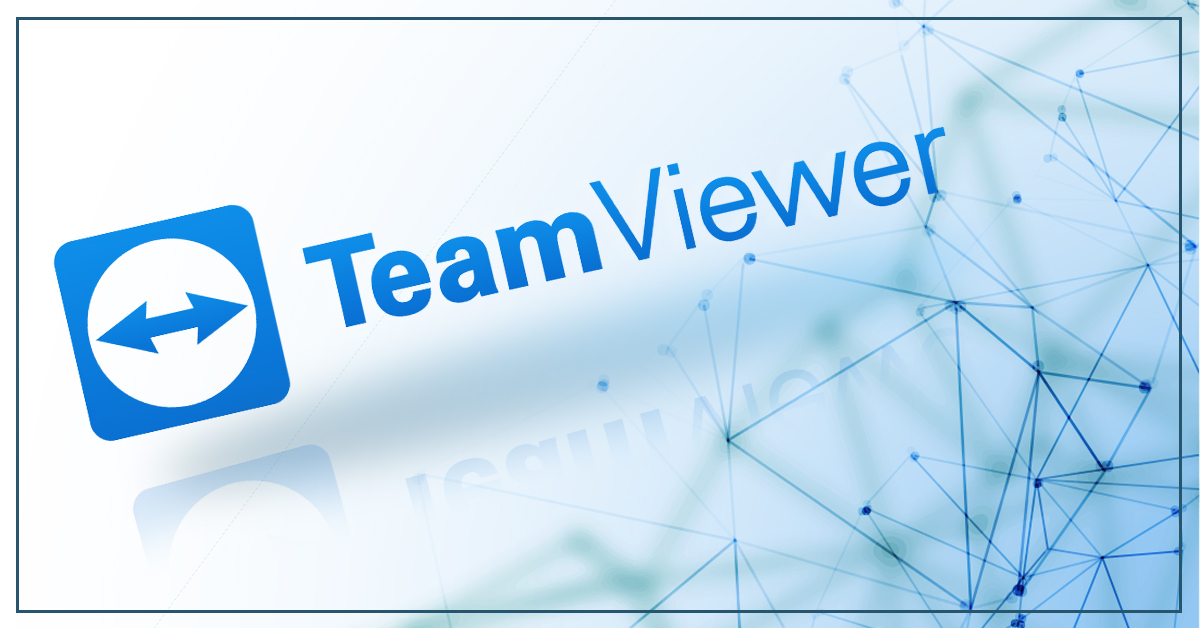
TeamViewer is a sophisticated free version for non-commercial usage that is excellent for business, enterprise-level users, and IT organizations and with among the best collaboration tools. With some of the most significant security we've seen in a remote access tool, this feature-rich software supports numerous platforms and devices. You have 24/7 access to remote PCs and servers and the ability to administer innumerable systems simultaneously. It also comes with easy file sharing, a VPN alternative, and up to 25-person online meetings.
TeamViewer Features
- Easy deployment - for TeamViewer Remote Desktop setup, either construct your deployment streamer or utilize the standard deployment streamer.
- Remote PC wake - enables a hidden user to wake a sleeping node, but it must first be turned on.
- File transfer has the same feature as LogMeIn's file transfer.
- Secures remote access payload data while it travels across the internet.
- Local drives can also be mapped to the remote workstation via drive mapping.
- LastPass access - includes a password manager, which is helpful if you need to remember many remote login credentials.
- LogMeIn Files - offers cloud storage space for accessing files from numerous remote PCs.
Pros
- The version is available for free (strictly for personal use).
- The interface is slick and straightforward to use.
- Overall, the connection speeds are fast.
- Windows, Mac, Linux, Chrome OS, Android, iOS, and Blackberry OS are all supported.
- All of the features of Windows and Mac OS X are both supported.
- Two-factor authentication and 256-bit AES encryption provide strong security.
Cons
- Paid plans, it is more expensive than others.
- Large file transfers can take a long time.
- Some users claim that they were denied access to the free version even though they were only using it for personal purposes.
- On weekends, phone tech help is unavailable.
Splashtop
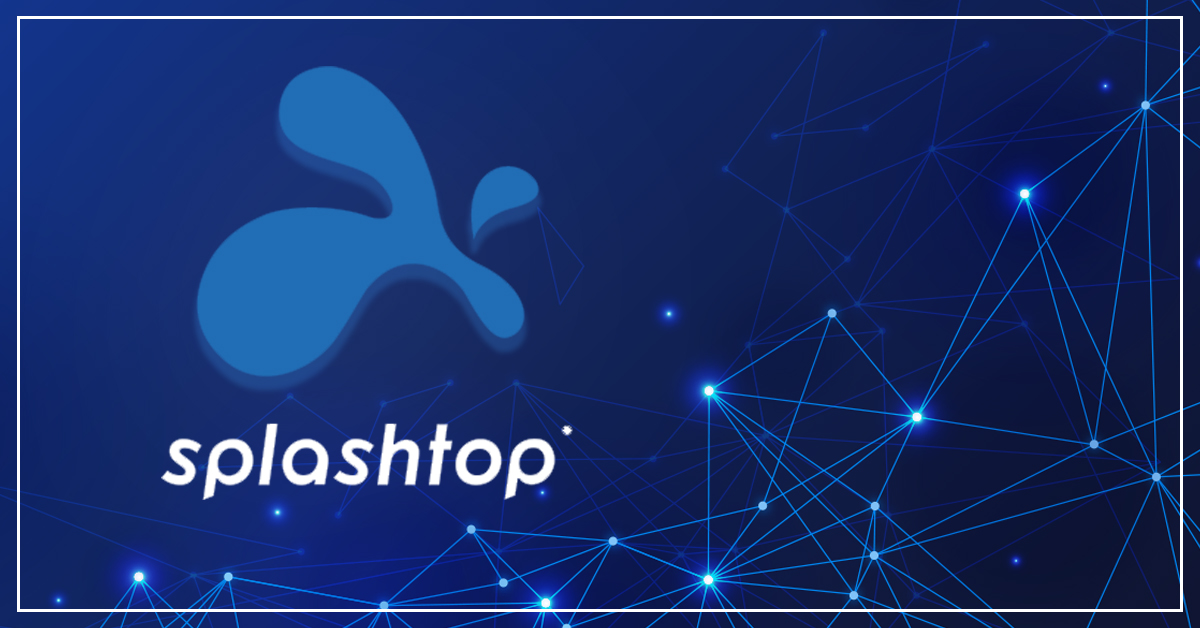
SplashTop is a TeamViewer equivalent with an effective team management solution for people and small organizations (albeit it does not have a free version). SplashTop, unlike RemotePC, requires you to upgrade to a higher plan to use certain of its features, such as chat and session recording.
However, for $99 per user per year, you can have multi-screen displays, remote wake, and a slew of other extras that RemotePC lacks. Splashtop's Solo plan offers you access to two computers, which is a massive bonus for solo users. You can only utilize one PC with most other one-user programs. SplashTop also has a business plan and a separate remote access product for IT and support personnel.
Splashtop Features
- High-performance engine — delivers high-quality graphics, sound, and a fast remote connection using a high-performance engine.
- Access from any device - even though it isn't explicitly mentioned in LogMeIn's features, you may access remote devices from practically any device, including mobile iOS and Android smartphones.
- Easy deployment - for Splashtop Remote Desktop setup, either construct your deployment streamer or utilize the standard deployment streamer.
- Remote PC wake - enables a hidden user to wake a sleeping node, but it must first be turned on.
- File transfer Has the same feature as LogMeIn's file transfer.
- Secures remote access payload data while it travels across the internet.
- LogMeIn's remote print feature is the same as this.
- Users can invite others to watch a remote session using group view.
- Chat - chat software allows you to communicate with people who are far away.
- User administration — the ability to assign roles and permissions to users.
Pros
- Plans that are within your budget.
- The interface is minimalistic and straightforward.
- Quick connection speeds.
- File transfers with drag-and-drop.
- Multi-monitor displays in their entirety (with the higher plan)
- Supports TLS and 256-bit AES encryption, device authentication, two-step verification, and several 2nd-level password options for Windows, Mac, Android, iOS, and Chrome.
Cons
- Installation is more involved than with comparable software (especially for Macs)
- To gain many features, you'll need to upgrade to a higher plan.
- Only with a higher plan can you get priority tech support (phone support hours are unlisted on the website)
Splashtop vs TeamViewer vs LogMeIn: Which Is the Best Among Them?
I am afraid I don't have the correct answer regarding which screen-sharing software is better than the other. The three remote management tools are among the best in the industry, and I will leave it to you to test and decide which is best for your team or company. If pricing means a lot to you, go for the least pricey; if interface matters most, go for the best. If customer support means the most to you, go for it.
Conclusion
Investing in remote management tools leads to a more productive and efficient work culture on a planet where modern business dynamics demand swift and immediate solutions. You can also maximize your work efficiency by understanding what remote management software is capable of. Remote saves you money in the long run and also lowers your employee rate of attrition. The best time to include remote desktop technology into your work function is now! It will be of great help to you and your company.



.jpg)
